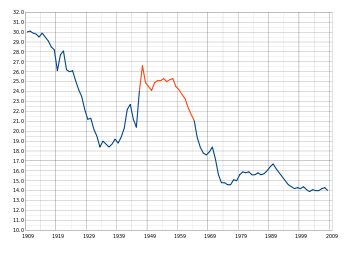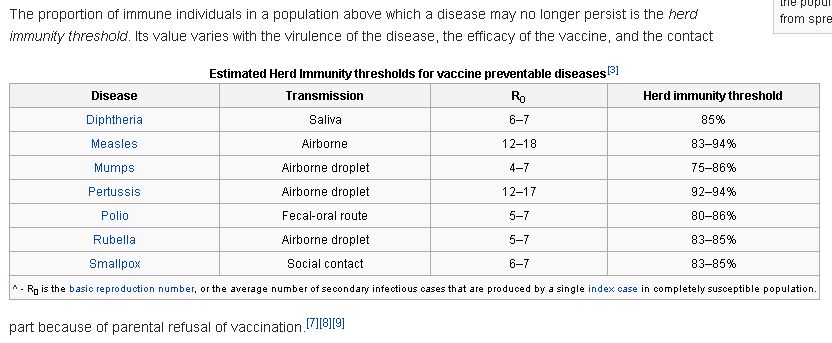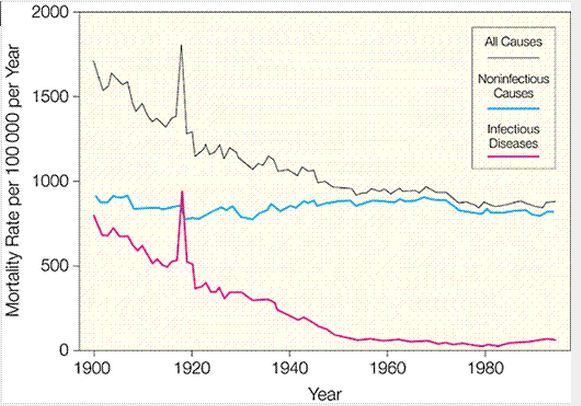
As a parent, you can probably trace all decisions into a level of fear management. We all do things because we think it’s good for our kids but how do you let the fear of not doing that good thing dictate the behavior? We don’t give our kids cereal and milk because we know the benefits and have seen the result of feeding them a paleo style diet. But I also fear what would happen if we started slipping and letting them eat the Standard American Diet (SAD). I would like to think my decisions are based more upon the short and long term benefits opposed to the short and long term consequences.
The problem is that the consequence side is an emotional side. This emotional side is where our ‘healthcare’ system fears parents into doing things they are not comfortable doing.
It’s weekly that I get questions about vaccines. These parents are already leaning towards non-vaccinating or spreading the vaccine schedule out. As confident as these parents are in their decision, they always question (as any parent would), what could happen by not vaccinating.
For measles, the danger of not getting the vaccine is that you can get measles. According to the CDC, measles begins after 7-14 days after a person is infected, and includes: blotchy skin; fever; cough; runny nose; red, watery eyes, feeling run down; and tiny white spots with bluish white centers found inside the mouth (Koplik’s spots). The fever, cough, runny nose, and sore throat starts the indication that something is happening. Doesn’t look much different than any infection right?
After 3-5 days, the rash starts. The fever may spike but a fever may spike in any virus, right? After a few days the fever and rash clear up. You had measles, you are now immune. Welcome to being human.
There can be complications. The CDC also states that 1 in 10 will get an ear infection. Ear infections are one of the top reasons parents bring their kids to the pediatrician. There are far more ear infections without measles than there are with with measles.
1 in 20 gets pneumonia. 1 in 1,000 gets some brain inflammation. Do you know who else has brain inflammation? Autistic kids and Alzheimer’s/dementia cases. Autism now has a rate of 1 in 68. I would venture that it’s been rare for an autistic child in today’s society to have ever had measles. I could then question that measles may actually protect the brain. If brain inflammation had a rate of 1 in 1,000 prior to vaccines and now has a rate of 1 in 68 with vaccines, is it possible that we are now facing the generational consequences of short term conveniences from our previous 1-2 generations?
Even suggesting that measles may have a protective effect puts me in the ‘unscientific’ realm of internet lore. What I think ironic is that when I question something mainstream and dogmatic in the science world, I get accused of not being scientific. Isn’t the point of science to question everything? Not questioning would be unscientific, right?
The CDC also states that 1-2 out of 1,000 will die, or a 0.15% chance of death. In other words, you have a 99.85% chance of being perfect. But these numbers don’t add up. Worldwide, the death estimate is 164,000 people per year. We have a world population of over 7 billion people. That leaves you with a 0.0023% chance of death. That’s more like 1 in 42,000 will die, not 1 in 1,000. our odds just got better of being perfect.
More than 1/2 the 164,000 deaths occur in India. For math’s sake, let’s assume there are 82,001 deaths (more than 1/2) in India from measles. The population of India is roughly 1.2 billion people. Controlling for India, your chance of death worldwide is 81,999 in 5.8 billion or 0.0014%. You almost decreases your chances of dying from measles by 50% by just not catching measles in India.
If a parent can decrease their child’s death by 50%, then add ‘not catching measles in India’ on the list of action items.
But since the science is questionable of the necessity of measles vaccination, the government also puts out the message that if you don’t get the vaccine, you’re putting others in danger. You’re damaging herd immunity. If there is an outbreak (only 4 people), then it’s your unvaccinated child’s fault.
Let’s examine the herd.
As you can see, herd immunity occurs when the vaccination of a significant portion of the population provides a measure of protection for individuals who have not developed immunity.
A question arises. There I go questioning things again. How much of the population needs to be vaccinated to meet the herd threshold?
According this chart, there needs to be a vaccine rate of 83-94% of the population to induce herd immunity. My next question is, do we have that level of immunity in our country? In a population of 315 million, there needs to be at least 261 million people vaccinated. That leaves 54 million people vaccine free and still ok to confirm the herd.
We do have a rather large segment of our population that was born prior to the measles vaccine release. You may know them as the Baby Boomer population. Their birth years range from about 1946ish to 1964ish. The measles vaccine wasn’t utilized until 1963. The baby boomer population today accounts for about 76 million Americans.
I highly doubt many born prior to 1960 got the vaccine, since it’s given at 12 months. We are left with no herd. Even if every single baby for the next few years got fully vaccinated, we would not achieve minimum herd status.
Which leaves me with another question. If measles and diseases like polio were so deadly prior to vaccination, how is possible that we still have a baby boomer population of 76 million. If measles were so bad, then wouldn’t many more of those babies born have not made it to adulthood? Economists wouldn’t be freaking out that 1/4 of our population is about to retire and now we have to support them financially.
They got measles, got over measles, and built immunity to it. Our current herd immunity is actually based on big chunk of the population that got the infection and got over it, not a vaccinated population. No one wants to see a loved one suffer but the body only gets stronger through challenges. Infectious disease was already fading away prior to vaccines.
With current healthcare intervention trends, I’m curious and often wonder what the American population is going to look like once the baby boomers have all passed on. Are we creating more problems long term for short term benefit? I think the Dalai Lama has said it best:
“We have bigger houses but smaller families; more conveniences but less time. We have more degrees but less sense; more knowledge but less judgement; more experts but more problems; more medicines but less healthiness. We’ve been all the way to the moon and back but have trouble crossing the street to meet the new neighbor. We built more computers to hold more information, to make more copies than ever, but have less communication. We have become long on quantity but short on quality. These are times of fast food but slow digestion; tall man but short character; steep profits but shallow relationships. It is a time when there is much in the window but nothing in the room.”
I’m ok with my sons getting measles but if I want to decrease their chances of death I will keep them away from India. If for some reason I feel called to move to India with my family, I may have to reconsider the measles vaccine. Until then, we welcome the challenges of life to make us stronger.






Hello Dr. Perkins, thanks for your awesome and informative blog! I have a friend who is concerned about her sons becoming sterile if they were to contract measles. I’ve never heard you mention anything about that – is there any truth behind it?
Great post! Please keep these coming. Enjoy reading every single post you have made.